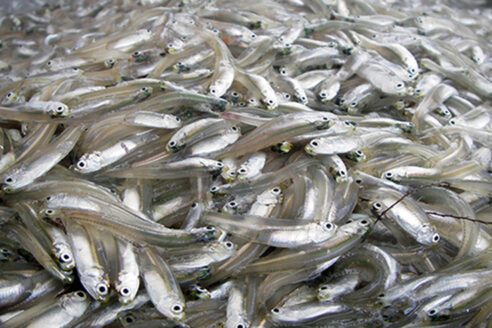Tagged Stories: "food web"
Five species that provide a vital link in the Chesapeake Bay food web
May 22, 2020Meet some of the Bay’s most important forage species
Read story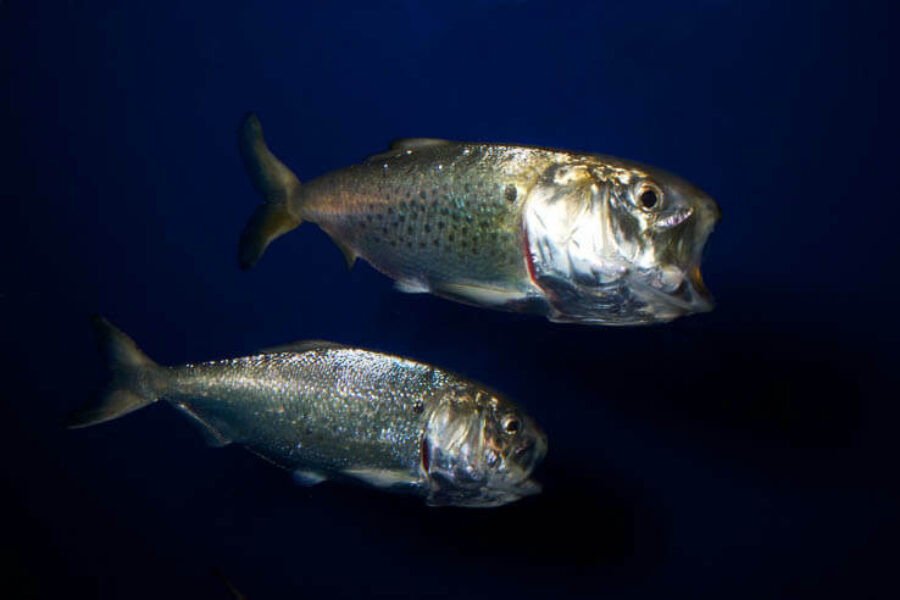
The Bay’s bubbly visitor
December 5, 2018Humpback whales have a unique hunting technique
Read story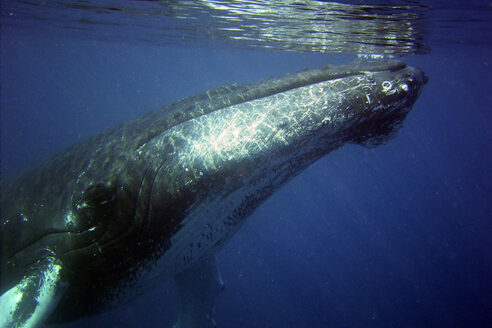
Unseen danger leads to eagle deaths
March 8, 2018How fragmenting lead bullets cause the toxic heavy metal to enter the food system
Read story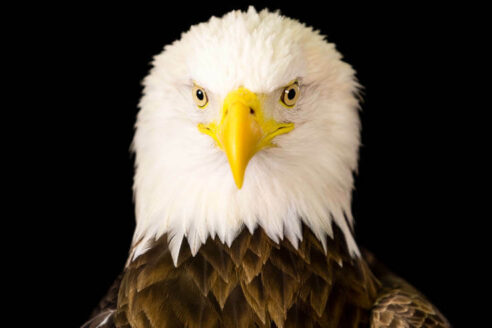
Piecing together the food web puzzle
January 27, 2017Survey of fish diets helps scientists understand Bay's predators and prey
Read story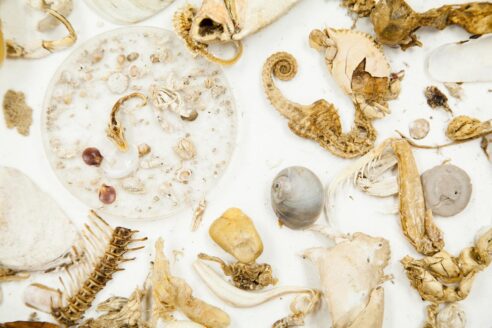
Food for fish: Improving the forage base in the Chesapeake Bay
August 18, 2015Expert report proposes recommendations for management of aquatic forage groups
Read story